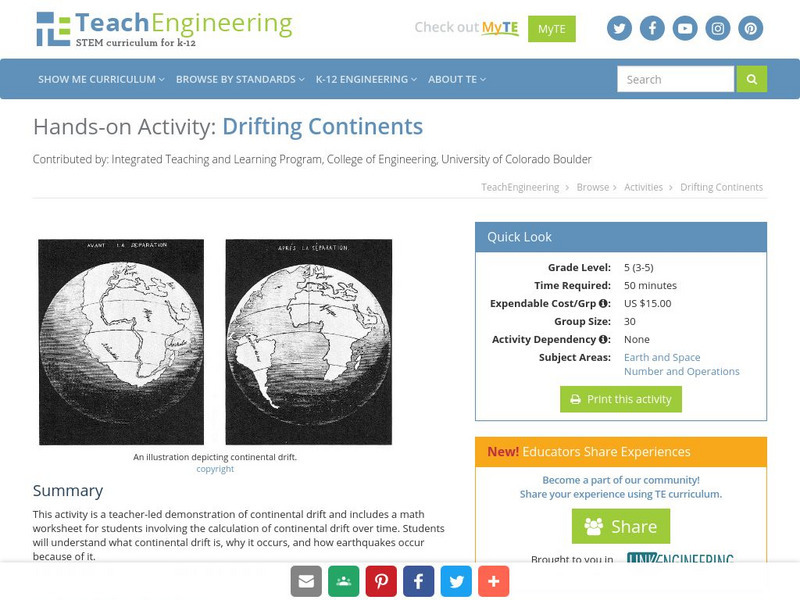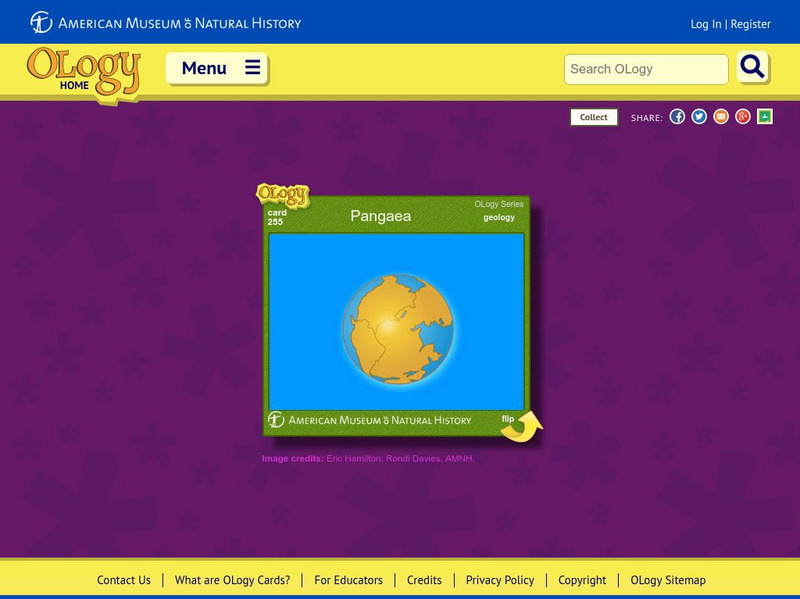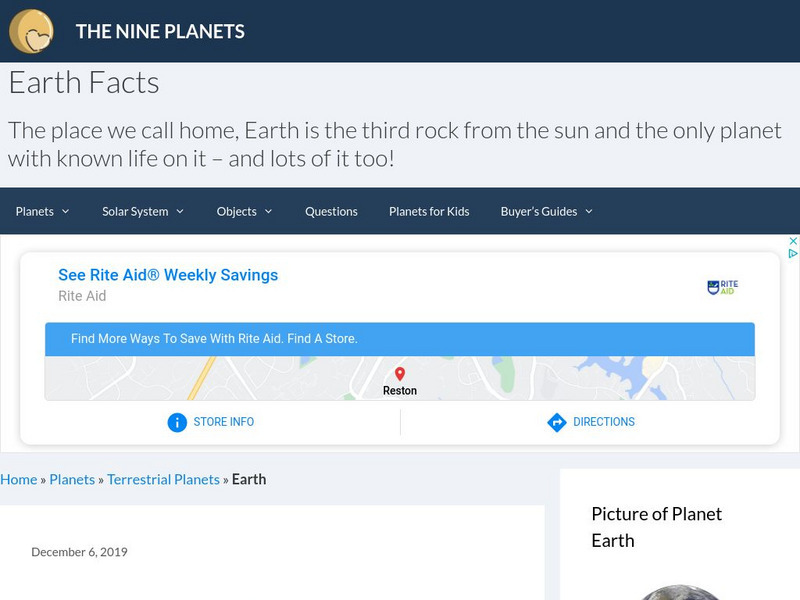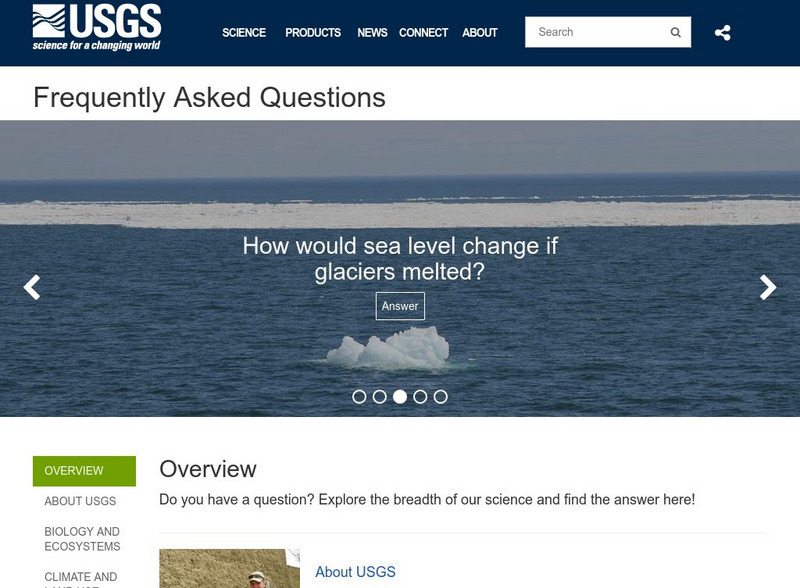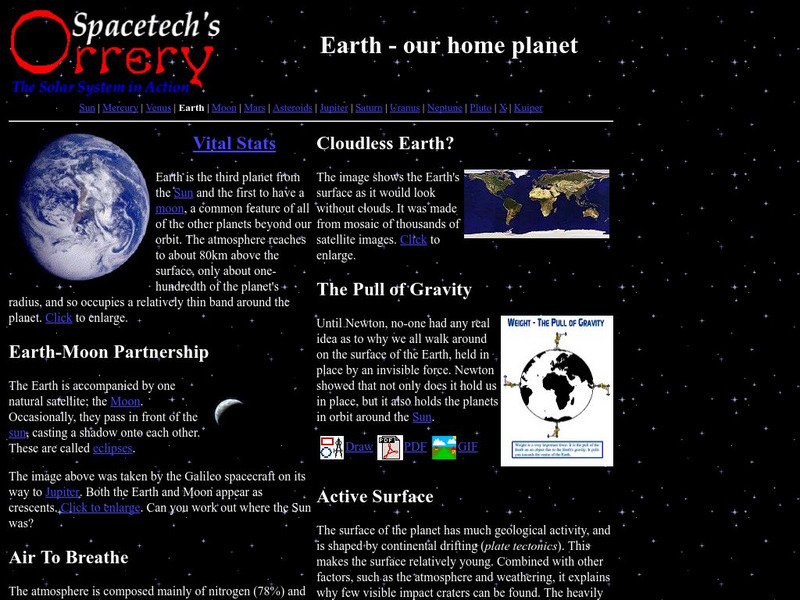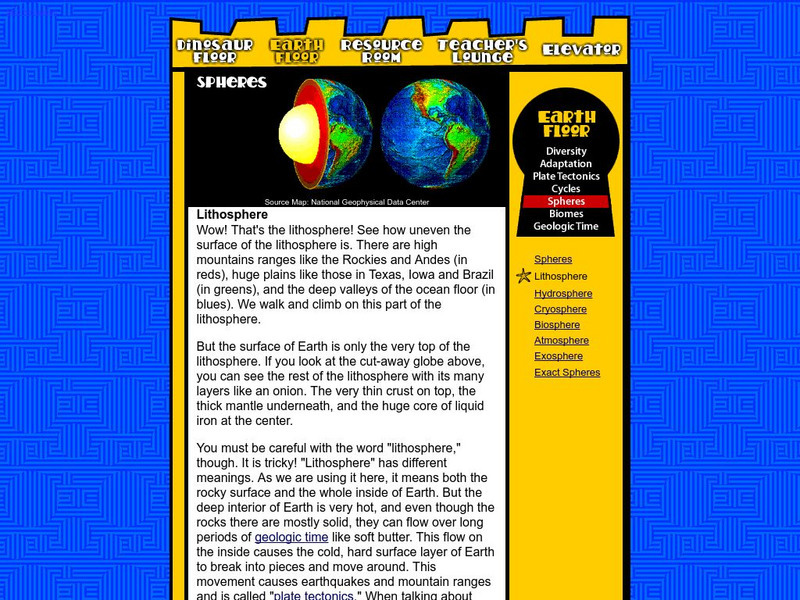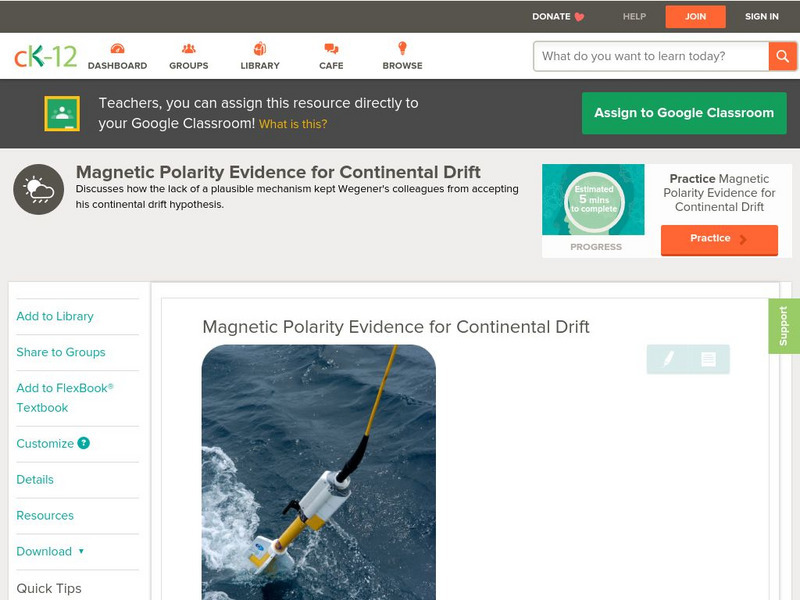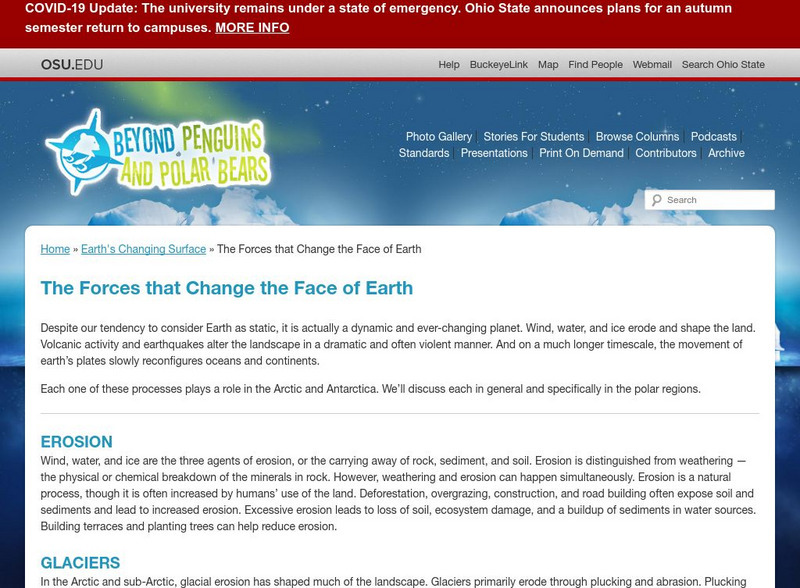Hi, what do you want to do?
Famous Scientists
Famous Scientists: Alfred Wegener
Find out about the life and work of Alfred Wegener, known for his achievements in meteorology and as a pioneer of polar research, and is most remembered as the originator of the theory of continental drift.
TeachEngineering
Teach Engineering: Drifting Continents
This activity is a teacher-led demonstration of continental drift and includes a math worksheet for students involving the calculation of continental drift over time. Students will understand what continental drift is, why it occurs, and...
TeachEngineering
Teach Engineering: Faulty Movement
In this activity, students are introduced to faults. They will learn about different kinds of faults and understand their relationship to earthquakes. The students will build cardboard models of the three different types of faults as...
CK-12 Foundation
Ck 12: Earth Science: Groundwater Pollution
[Free Registration/Login may be required to access all resource tools.] How groundwater can be polluted.
American Museum of Natural History
American Museum of Natural History: Pangaea O Logy Card
Learn about the supercontinent known as Pangaea that broke apart into the continents that we know today. Answer questions when you finish reading.
American Museum of Natural History
American Museum of Natural History: Hydrothermal Vents O Logy Card
Check out this interactive OLogy card to learn about hydrothermal vents, also known as black smokers.
Nine Planets
The Nine Planets: Earth
A detailed physical description of Earth. Content includes information on the Earth's layers and geology of the surface, along with links to additional information.
US Geological Survey
U.s. Geological Survey: 1906 Marked the Dawn of the Scientific Revolution
This site contains information about we have learned about the San Andreas Fault since 1906.
Other
Everytrail: Trail Map of San Andreas Fault Trail Exploration
Use this map on the San Andreas Fault by following lines of posts that mark the various fault breaks in the Los Trancos Open Space Preserve. The trail takes hikers to see some of the effects of earthquakes in this otherwise tranquil...
Read Works
Read Works: Cracking Up
[Free Registration/Login Required] This passage shares information about crevices in the earth and earthquakes.This passage is a stand-alone curricular piece that reinforces essential reading skills and strategies and establishes...
CK-12 Foundation
Ck 12: Plix: Stress Types: Geological Stresses
[Free Registration/Login Required] This site includes the chance to label diagrams and answer a short quiz about geological stresses.
US Geological Survey
Usgs: Earthquakes Frequently Asked Questions
Use this resource to find answers to frequently asked questions about earthquakes.
Other
Spacetech's Orrery: Earth Our Home Planet
This site provides a very interesting overview of our home planet, Earth. Content includes a focus on the atmosphere, the pull of gravity, and the active surface.
Extreme Science
Extreme Science: How Old Is the Earth?
We say Earth is 4.6 billion years old, but how do we know? How do we measure its age? This article focuses on these questions and how long life has been on Earth.
Incorporated Research Institutions for Seismology
Iris: Seismic Tomography [Pdf]
Learn how seismic tomography imaging helps scientists understand the formation of the Earth's interior.
Center for Educational Technologies
Nasa: Classroom of the Future: Spheres: Lithosphere
At this site from the NASA Classroom of the Future, you can learn about the many different layers of the earth and see what the earth would look like cut in half.
Incorporated Research Institutions for Seismology
Iris: Long Valley Caldera
Long Valley Caldera area has had a history of eruptions and earthquake swarms. Learn more with this interactive map that reveals geology, eruptions, earthquakes, and more.
Weather Wiz Kids
Weather Wiz Kids: Volcanos
Great resource for learning all about tornadoes. Find out how they are formed, how they erupt, the different types, and notable volcanic eruptions. Also includes safety tips, animations, and activities.
CK-12 Foundation
Ck 12: Magnetic Polarity Evidence for Continental Drift
How magnetic polarity provided more evidence for moving continents.[Free Registration/Login may be required to access all resource tools.]
CK-12 Foundation
Ck 12: Earth Science: Long Term Climate Change
[Free Registration/Login may be required to access all resource tools.] Describes some factors that lead to long-term climate changes.
CK-12 Foundation
Ck 12: Earth Science: Bathymetric Evidence for Seafloor Spreading
[Free Registration/Login may be required to access all resource tools.] Describes features of the seafloor and how they are mapped by echo sounding. It touches upon the continental margin as well.
The Wonder of Science
The Wonder of Science: Ms Ess2 2: Geoscience Processes at Varying Scales
Assessment templates, videos, examples, lesson plans, and photos of student work that directly address standard MS-ESS2-2: geoscience processes at varying scales.
Ohio State University
Beyond Penguins and Polar Bears: The Forces That Change the Face of Earth
Learn how different types of Earth processes change Earth's surface.
Other
Southern Kings Consolidated School: Mountains
Site from the Southern Kings Consolidated School about mountains. Learn what mountains are and how they form.
Other popular searches
- Map of Tectonic Plates
- Floating Tectonic Plates
- Geography Tectonic Plates
- Pacific Basin Tectonic Plates
- Movement of Tectonic Plates
- Tectonic Plates Converge
- Tectonic Plates Move Apart
- Tectonic Plates Oranges
- Edible Tectonic Plates
- Tectonic Plates and Volcanoes






